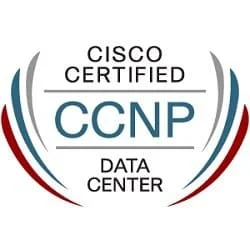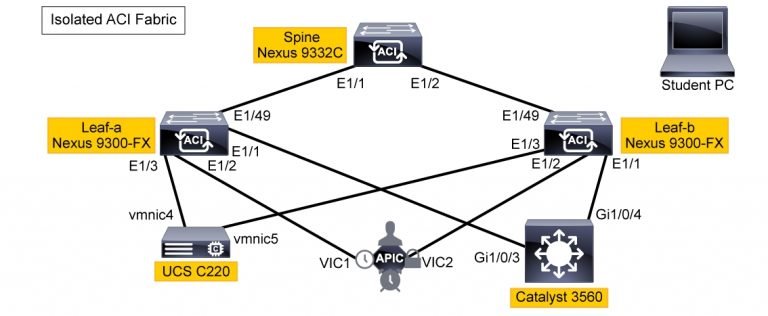CCNP Data Center DCACIA – Implementing Cisco Application Centric Infrastructure – Advanced

The DCACIA Implementing Cisco Application Centric Infrastructure – Advanced course is part of the Cisco CCNP Data Center track . The Implementing Cisco Application Centric Infrastructure – Advanced (DCACIA) course is an advanced learning experience that focuses on managing and implementing Cisco Nexus 9000 Series Switches in Cisco ACI mode. Participants will gain an in-depth understanding of the key components and advanced procedures required to configure and manage Cisco Nexus 9000 Series Switches in ACI mode. The course also covers how to implement a traditional network in Cisco ACI and how to achieve Multi-Pod and Multi-Site implementations of Cisco ACI. This training is especially useful for those interested in automation and programmability in network and software engineering. The course contributes to the preparation for the CCNP Data Center Certification exam (Exam 300-630) .
Course Objectives
Below is a summary of the main objectives of the DCACIA Implementing Cisco Application Centric Infrastructure – Advanced Course :
- Management and deployment of Cisco Nexus 9000 Series Switches in Cisco ACI mode.
- In-depth understanding of key components for configuring Cisco Nexus 9000 Series Switches.
- Implementing a traditional network in Cisco ACI.
- Implementation of Cisco ACI Multi-Pod and Multi-Site implementations.
- Focus on automation and programmability in the field of network and software engineering.
- Understanding and applying advanced Cisco ACI policies and configurations.
- Integrating Cisco ACI with external networks and third-party devices.
- Troubleshooting and resolving complex issues within Cisco ACI environments.
Course Certification
This course helps you prepare to take the:
Exam 300-630 DCACIA Implementing Cisco Application Centric Infrastructure – Advanced;
Course Outline
- Describing Cisco ACI Advanced Packet Forwarding
- Packet Forwarding Between Leaf Switches
- Endpoint Learning
- Examine Local and Remote Endpoint Learning
- Verify Bounce Entries
- NIC Teaming to ACI Fabric
- Endpoint Learning Optimizations
- Validate IP Learning
- Endpoint Loop Protection
- Rogue Endpoint Control
- Mitigate IP and MAC Flapping with the Rogue Endpoint Feature
- Using Advanced Cisco ACI Policy and Tenant Configuration
- Layer 3 Outside Transit Routing
- Enable Transit Routing
- Using Common Tenant for Shared Services
- Using VRF Route Leaking for Shared Services
- Implement VRF Route Leaking
- Using L3Out VRF Route Leaking for Shared Services
- Configure VRF Route Leaking with L3Out
- Detailed Contract Architecture with pcTag
- Contract with vzAny
- Contract Preferred Group
- Examine Contracts and Zoning Rules
- Implementing Traditional Network in Cisco ACI
- Integrating Switched Networks with Cisco ACI
- Migrating Existing Switched Networks to Cisco ACI
- Network- vs. Application-Centric Deployment Models
- Describing Cisco ACI Service Graph PBR
- Service Graph PBR Overview
- PBR End-to-End Packet Flow
- Service Graph PBR Requirements and Topologies
- Service Graph PBR Tracking Options
- Configure Policy-Based Redirect to Layer 4–Layer 7 Service Node
- Describing Cisco ACI Multi-Pod Deployment
- Cisco ACI Multi-Pod Overview
- Inter-Pod Network Overview
- Multi-Pod Provisioning and Packet Flow Between Pods
- Connectivity to External Layer 3 Networks
- Service Node Integration Considerations
- Service Graph Considerations
- Deploy Multi-Pod Fabric
- Describing Cisco ACI MultiSite Deployment
- Cisco ACI MultiSite Overview
- Cisco Nexus Dashboard Orchestrator
- Intersite Network Overview
- Tenant Configuration Deployment from NDO
- Packet Flow Between Sites
- MultiSite Stretched Components
- MultiSite Vs Multi-Pod Comparison
- Provision Policies with Nexus Dashboard Orchestrator
Laboratory Activities
- Examine Local and Remote Endpoint Learning
- Verify Bounce Entries
- Validate IP Learning
- Mitigate IP and MAC Flapping with the Rogue Endpoint Feature
- Enable Transit Routing
- Implement VRF Route Leaking
- Configure VRF Route Leaking with L3Out
- Examine Contracts and Zoning Rules
- Configure Policy-Based Redirect to Layer 4–7 Service Node
- Deploy Multi-Pod Fabric
- Provision Policies with Cisco ACI Multi-Site Orchestrator
Course Mode
Instructor-Led Remote Live Classroom Training;
Trainers
Trainers are Cisco Official Instructors and certified in other IT technologies, with years of hands-on experience in the industry and in Training.
Lab Topology
For all types of delivery, the Trainee can access real Cisco equipment and systems in our laboratories or directly at the Cisco data centers remotely 24 hours a day. Each participant has access to implement the various configurations thus having a practical and immediate feedback of the theoretical concepts.
Here are some Cisco Labs network topologies available:

Course Details
Course Prerequisites
- Participation in the CCNP Data Center DCACI Course is recommended .
Course Duration
Intensive duration 5 days
Course Frequency
Course Duration: 5 days (9.00 to 17.00) - Ask for other types of attendance.
Course Date
-
- Cisco DCACIA Course (Intensive Formula) – On request – 9:00 – 17:00
Steps to Enroll
Registration takes place by asking to be contacted from the following link, or by contacting the office at the international number +355 45 301 313 or by sending a request to the email info@hadartraining.com


